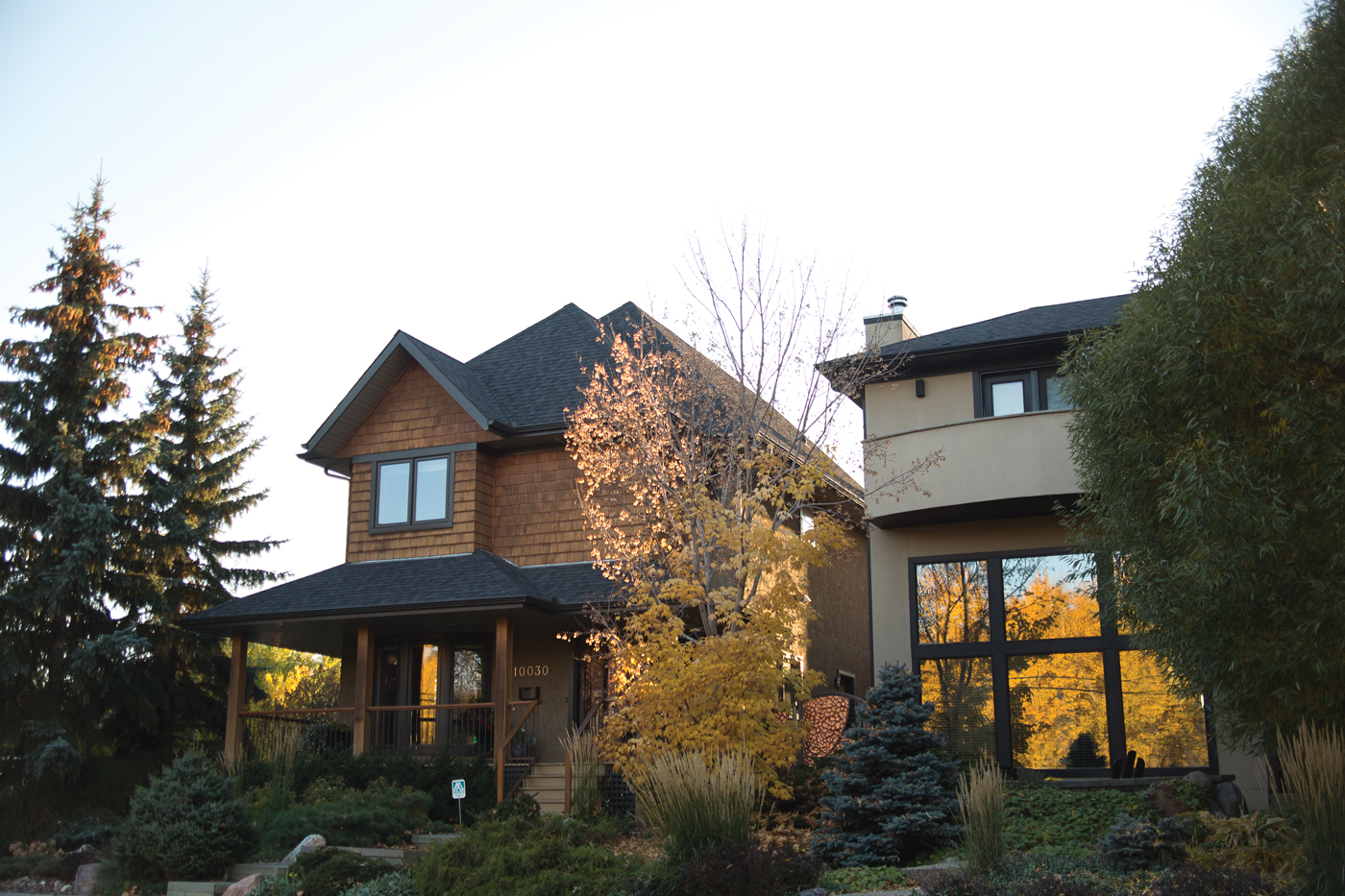There’s a touch of irony in the fact that one of Edmonton’s oldest neighbourhoods is also one of its most isolated. Bordered on the south and the east by the North Saskatchewan River and by steep hills pretty well everywhere else, Riverdale is a mere stone’s throw from the hustle and bustle of the city core. But you’d be hard-pressed to find much evidence of downtown activity on any of the idyllic community’s streets.
“It’s just a beautiful place because of the trees and the river,” says Riverdale Community League treasurer Kevin Minaker, whose family moved to Riverdale’s village-within-a-city layout in 2007. “Sometimes, living here feels like you’re on vacation. It’s almost like a beach town or, in the winter, it feels like living on a little ski hill.”
For its 2,062 residents, life in Riverdale also feels like a journey back in time, given its stubborn adherence to its industrial heritage as a coal-, brick- and lumber-producing area dating back to the 1880s. That infrastructure may have disappeared, but cottage-style homes built before 1946 still make up many of the single-detached units in the area. Detached homes comprise 40 per cent of the roughly 1,000 buildings in the area, with duplexes, apartments and condominiums making up the remainder.
What seems out of character in the neighbourhood is Brickyard, a more modern-looking district of condos built on the site of J.B. Little’s brick factory, which operated in Riverdale until 1990. Before construction started in 2001, residents up in arms about density and maintaining the historic integrity of Riverdale fought lengthy battles with the developer and the City of Edmonton. City council decided to limit the number of units on the site to less than 300.
But that chapter in Riverdale’s lush history hasn’t affected how Minaker feels about the area.
“It’s a nice place to live and a good place to raise kids,” he says. “There’s so much diversity down here and you can get an interesting group of friends and neighbours because of that.”
